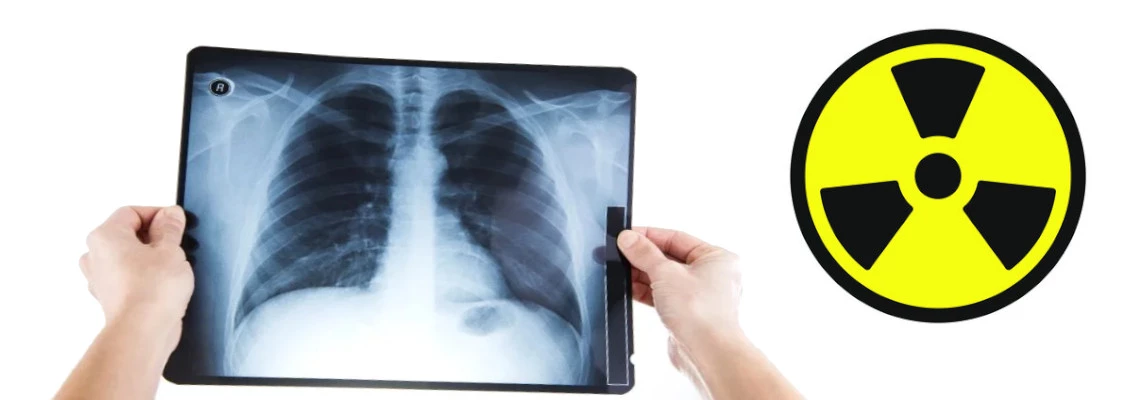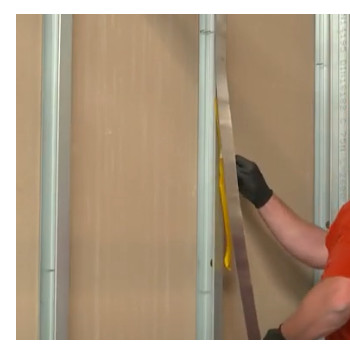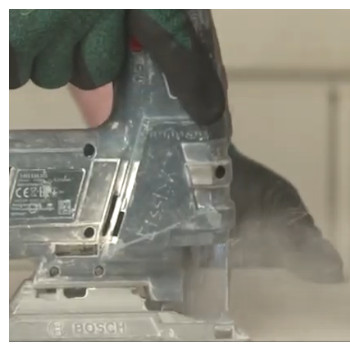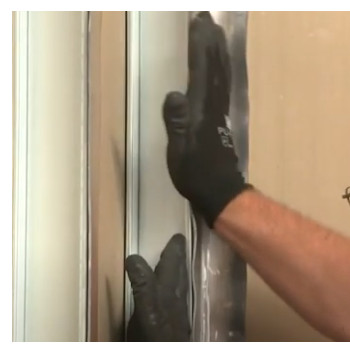
LEAD LINED PLASTERBOARD INSTALLATION GUIDE*
Lead lined plasterboard is designed to absorb X-ray contrast medium and can be used in nearly any X-ray environments such as medical, dental surgeries, veterinary, nuclear, security, detection, checkpoint, NDT, therapy areas, radiology, fluoroscopy, CT scanner rooms, laboratories, veterinary practices, surgeries and industrial radiation areas. However, lead lined drywall is heavy and difficult to move without cracking the gypsum wallboard backing. Therefore, installing this type of board can be tricky and awkward, the more so with the board weighing 42kg. Installing the X -ray board requires us not only to be extremely careful, but also to pay attention to details such as joints or fixings.
Limiting human exposure is the most important factor. Last thing that you certainly wouldn't want is your employees or customers' contrast reaction. In this article we will explain to you how to properly install X-ray boards and how to simply avoid radiation effects.
 TABLE OF CONTENTS
TABLE OF CONTENTS
LEAD LINED PLASTERBOARD INSTALLATION GUIDE
WHAT X-RAY PLASTERBOARD CODE DO I NEED?
UK LEAD LINED PLASTERBOARD STANDARDS
LEAD LINED PLASTERBOARD DETAILS
LEAD LINED PLASTERBOARD INSTALLATION
WHAT X-RAY PLASTERBOARD CODE DO I NEED?
Whether you need lead lining depends on several factors such as current UK regulations or placement of the room. In fact, placement of the room will determine whether or not you will need lead lining.
In order to find out what kind of code you should be buying you would firstly need to receive a lead code or a lead thickness from the Radiation Protection Advisor (RPA) and identify the output of the X-ray source (in kV).
UK LEAD LINED PLASTERBOARD STANDARDS
UK lead lined gypsum board is available in various lead thickness and heights. According to UK safety regulations, panels should not exceed an overall weight of 62kg for plasterboard and 75kg for plywood. Loading and unloading from forklifts and drywall carts should always be by hand and done with care. It is also recommended that panels are reduced in size and therefore weight, if fixed to walls at high levels.
LEAD LINED PLASTERBOARD PRICE
The cost (prices) of manufacturing lead lined plasterboard is considered linearly proportional to its lead gauge. Code 3 lead lined plasterboard price is the lowest compared to the thicker lead sheets and it is commonly used in dental practices. As of 2022 the cost of Code 3 lead lined plasterboard is around £174.90 per board 2400mm x 600mm which results in £121.45 per m2. The Knauf Safeboard radiation panel should be double skinned which increases its price to £150 (2 x £75).
LEAD LINED PLASTERBOARD DETAILS
Weakening of radiation depends on:
- the rated voltage of the X-ray tubes in kilovolts (kV),
- the distance between the device and the surrounding building elements,
- the density of the surrounding building material (in g / cm3) and its lead equivalent (in mm).
Lead lined plasterboards come in 600mm x 2400mm, 625mm x 2400mm or 600mm x 3000mm size either 12.5mm or 15mm thick. You may need to calculate the actual weight of the lead plasterboards before applying them to walls or ceilings. Based on 12.5mm plasterboard core lead sheet weight:
- 23kg (Code 3 – 1.32mm)
- 29kg (Code 4 – 1.80mm)
- 34kg (Code 5 – 2.24mm)
- 39kg (Code 6 – 2.65mm)
- 44kg (Code 7 – 3.15mm)
- 49kg (Code 8 – 3.55mm)
Please note the weights are provided as a guide and for information only.
1.4mm of lead is equivalent to:
- 112mm of reinforced concrete,
- 280mm of gypsum boards,
- 378mm of aerated concrete.
To achieve higher lead equivalences for greater radiation protection multiple layers can be used. For instance, dental surgeries require 2 layers of Knauf Safeboard or one layer of Code 3 lead lined drywall.
LEAD LINED PLASTERBOARD INSTALLATION
The lead side is on the reverse and should be always installed facing the stud wall. During installation, the panels are mechanically fastened to either an existing wall or stud partition. When installed to an existing wall, a lead batten is fastened to the wall at 600 centres, which the lead panels are then fixed to. On a stud partition a lead strip is bonded to all the vertical studs, before the panels are fixed.

When fitted, the lead is completely hidden from view. It is recommended that several people handle each sheet and that they lift from near each end and the middle of each piece as it is moved. The lead lined drywall should be fastened at a minimum of 8" on center at the edges of each sheet and at a minimum of 12" on center at the intermediate studs with special VarioShield screws. The 50mm wide strips of sheet lead of the same lead thickness should be applied to each of the joint studs using a standard type of construction adhesive, prior to installing the Lead Lined Drywall.

The best tool to cut lead lined plasterboard is Jigsaw. To cut the lead lined board determine the length of the board and saw this to size from the thined end.

For shielding above 2400mm in length, a horizontal leaded batten or lead strip is installed, which covers the joint between the panels. These are also used when fixings are needed to be shielded. If protection is required above the 3000mm maximum panel height then a horizontal noggin will be added (either leaded batten or leaded tape) to provide protection at that panel joint.
When lead lined drywall is used on the ceiling, additional fasteners are required to secure the panels to the ceiling. All internal corners should be filled with lead lined strips bended in 90 degree.

BIBLIOGRAPHY
Picture credits:
1. Youtube.com, Radiation Control Asia Pacific Pte Ltd, ‘How to build an X-ray room with lead lined partition walls in the shortest possible time’, mpeg, April 10, 2020, accessed September 23, 2022.
*All the information provided in the content published on Insulationgo blog is for informational and educational purposes only. Insulationgo LTD makes every effort to ensure the accuracy and timeliness of the content, but we do not assume any responsibility for any errors or omissions.
The information presented on this blog should not be considered as professional advice or a substitute for consulting relevant experts. Before making any purchase decisions or taking action based on the information presented here, it is strongly recommended to contact the product manufacturer directly to verify the details and ensure its suitability for your specific needs.
By using this blog, you acknowledge and agree that Insulationgo LTD shall not be held liable for any damages, losses, or inconveniences arising from the use or reliance on the information provided herein. This limitation of liability applies to all users of the blog, including but not limited to visitors, readers, and subscribers.










































































































